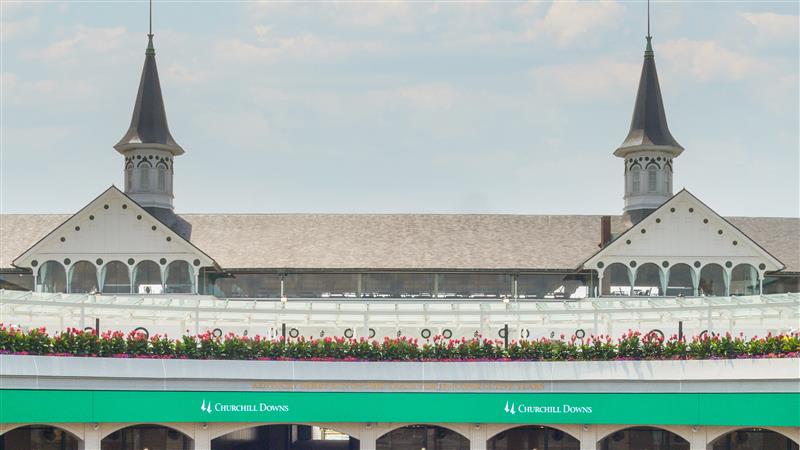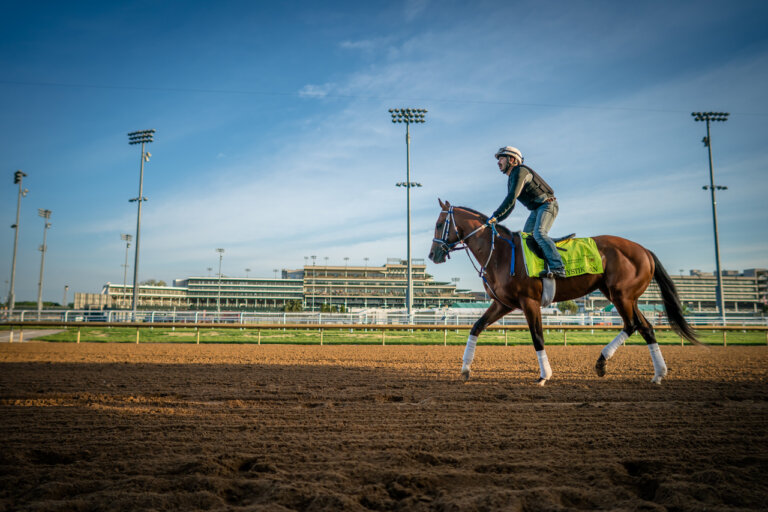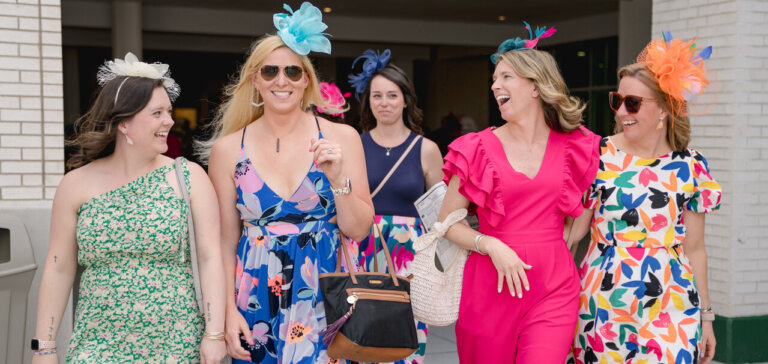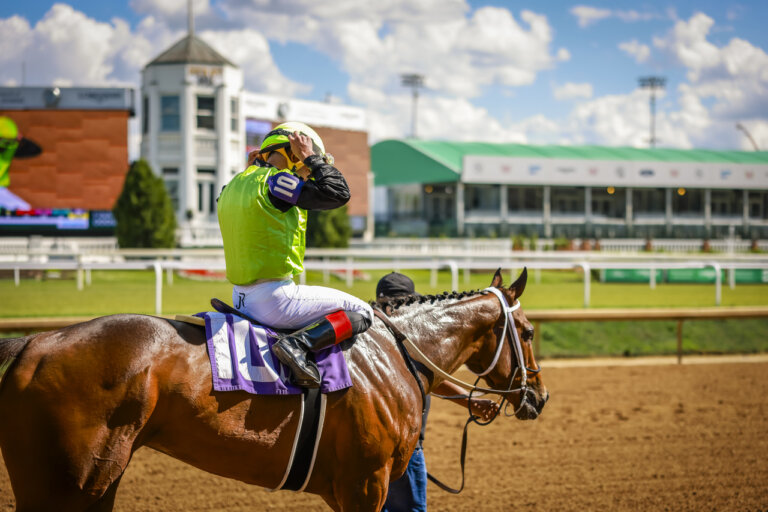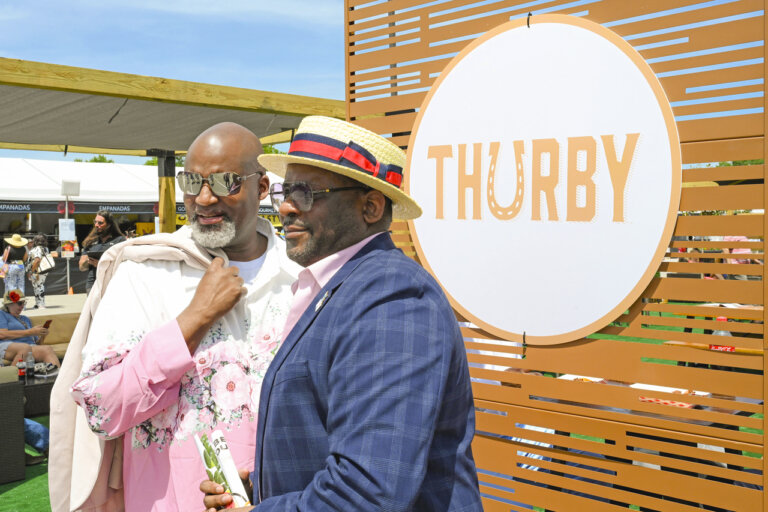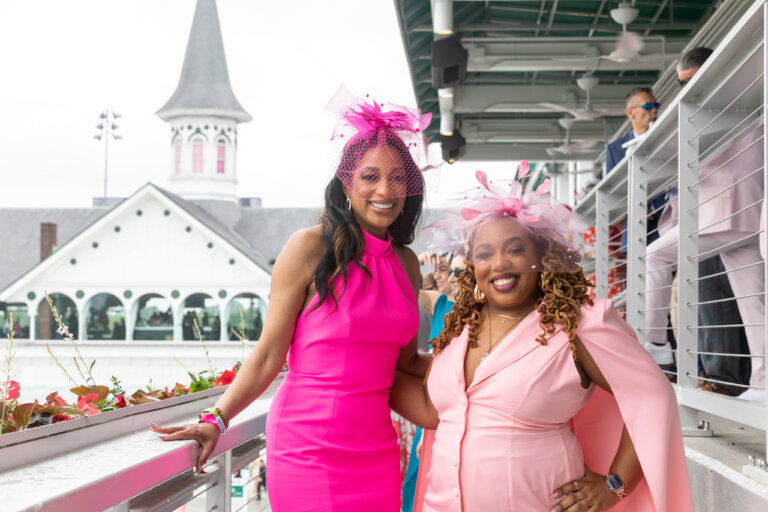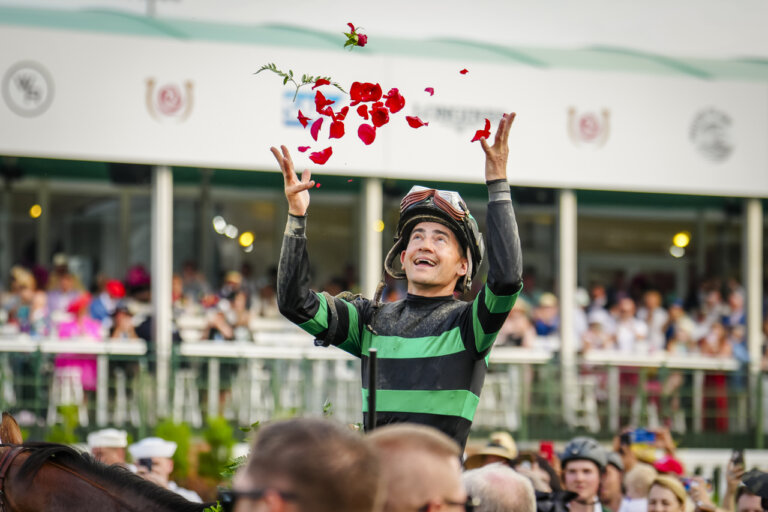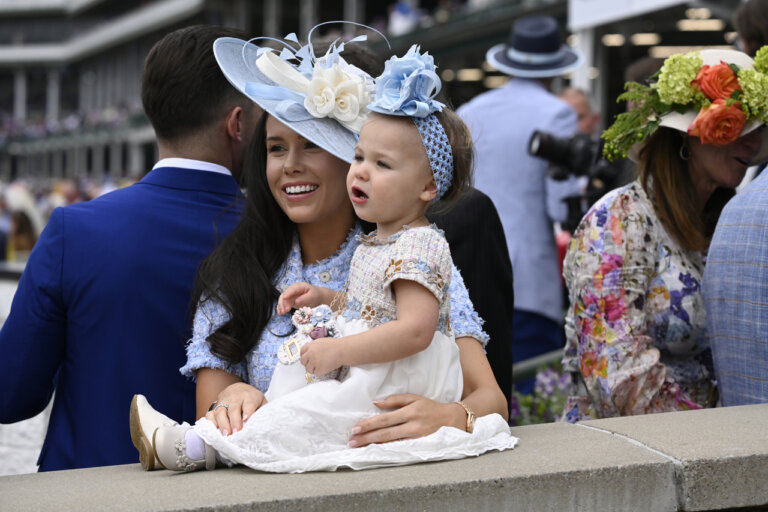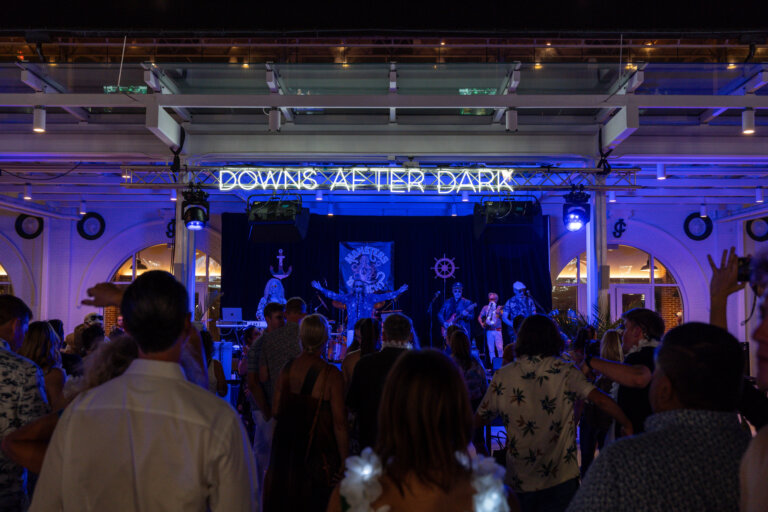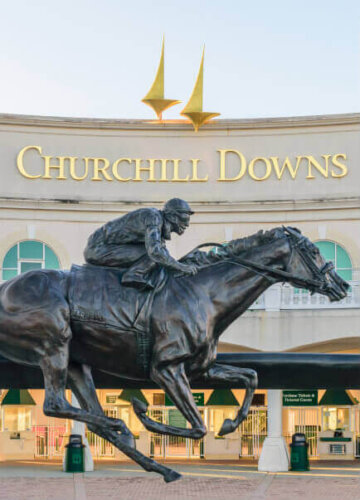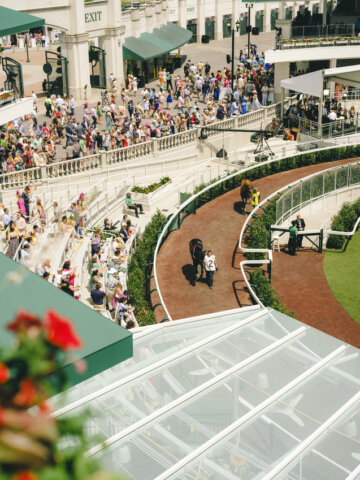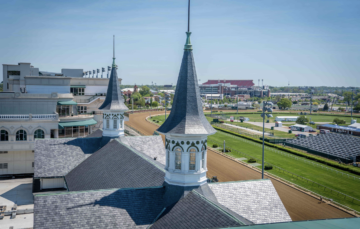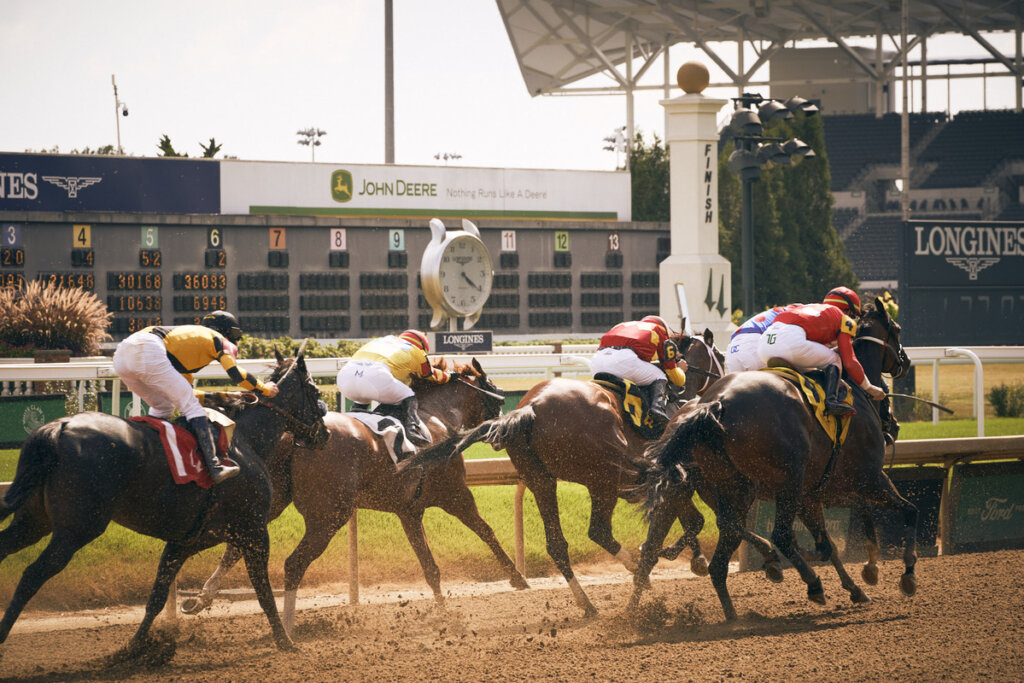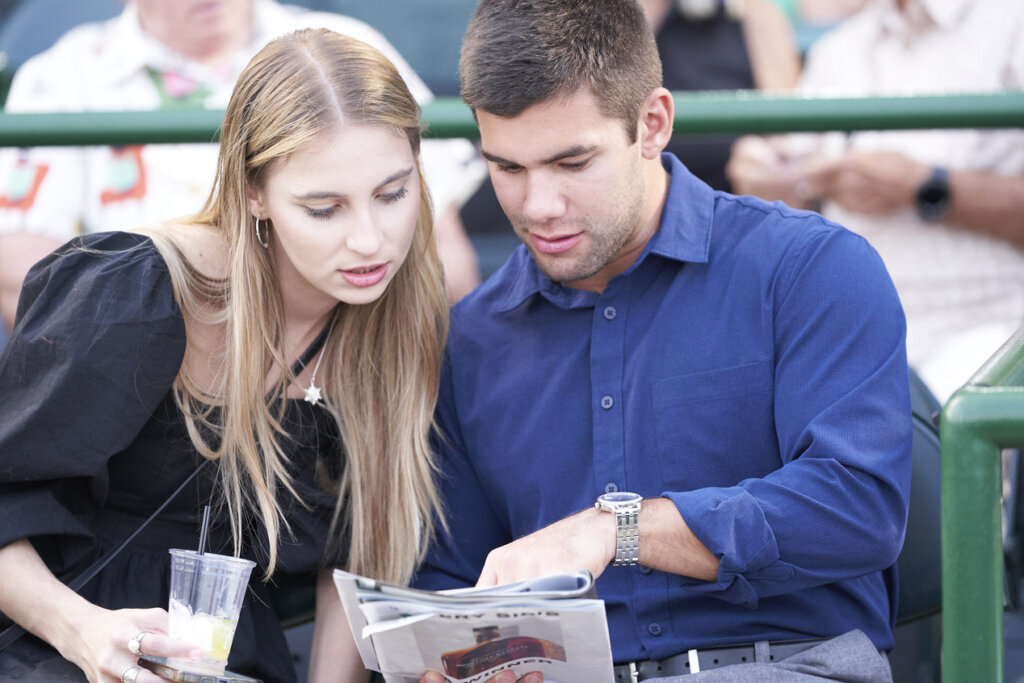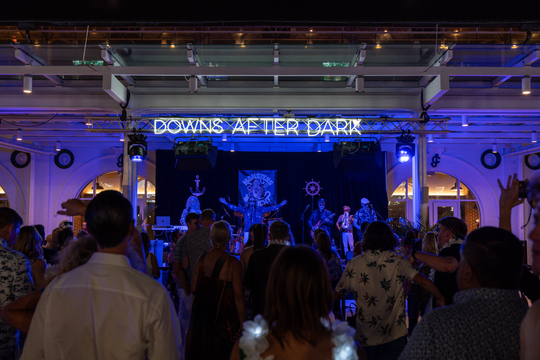Get Derby Week Tickets Today!
Brace yourselves for a week filled with excitement, glamour, and unforgettable moments as we bring you an unparalleled experience celebrating the spirit of the Derby.
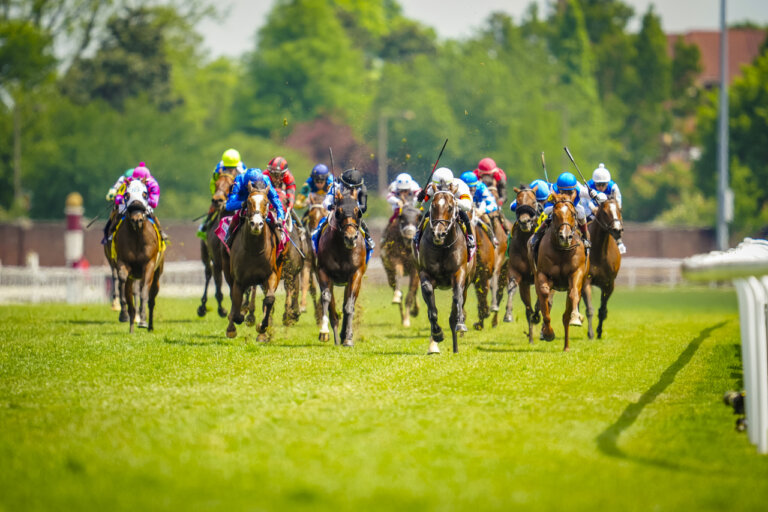
PLAN YOUR VISIT
Experience the thrills of Thoroughbred horse racing at legendary Churchill Downs racetrack.
Churchill Downs App
The new and improved Churchill Downs app has everything you need to enjoy your day at the races. Both Android and iOS apps are now available!
DOWNLOAD NOW
Official Kentucky Derby Store
Shop the latest Kentucky Derby fashions, collectibles, and more!
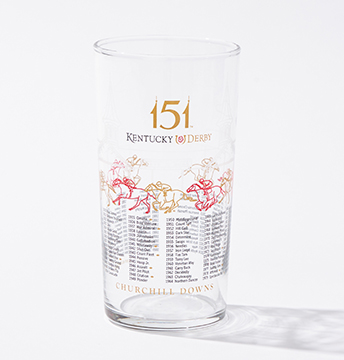
Toteboard & Replays
Stay up to date with the latest race details and watch all racing action.
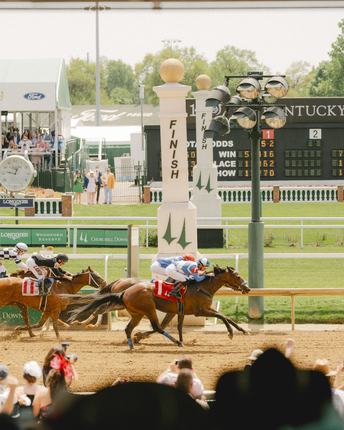
FOLLOW FOR UPDATES AND EXCLUSIVES
Missed something? Catch up on past Churchill Downs news

Stay up to date with the Churchill Downs Newsletter
Visit historic Churchill Downs home of the Kentucky Derby. Subscribe to our newsletter to get information about the live racing, expert picks and featured events at the racetrack.

Kentucky Derby Seating Experiences
There are several ways to experience the running of the Kentucky Derby.
For Premium tickets, you can give us a call at 502-636-4447 or click on the button below to get connected to one of our team members.
